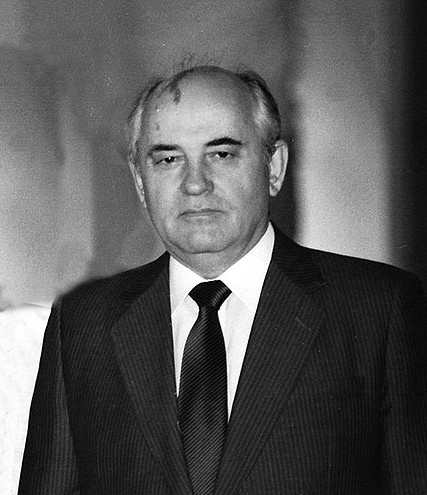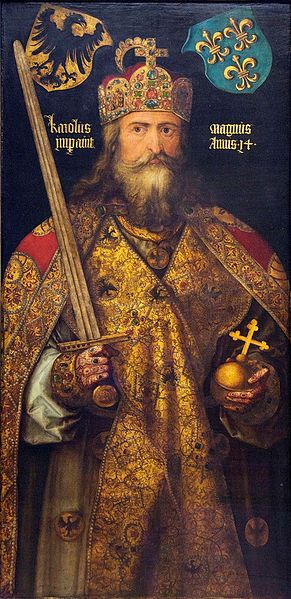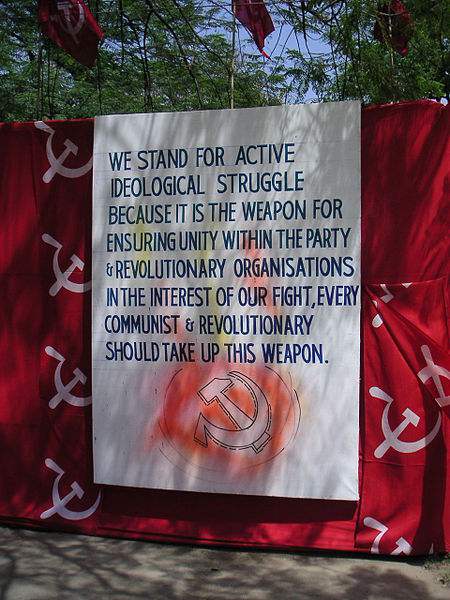COMMENTARY
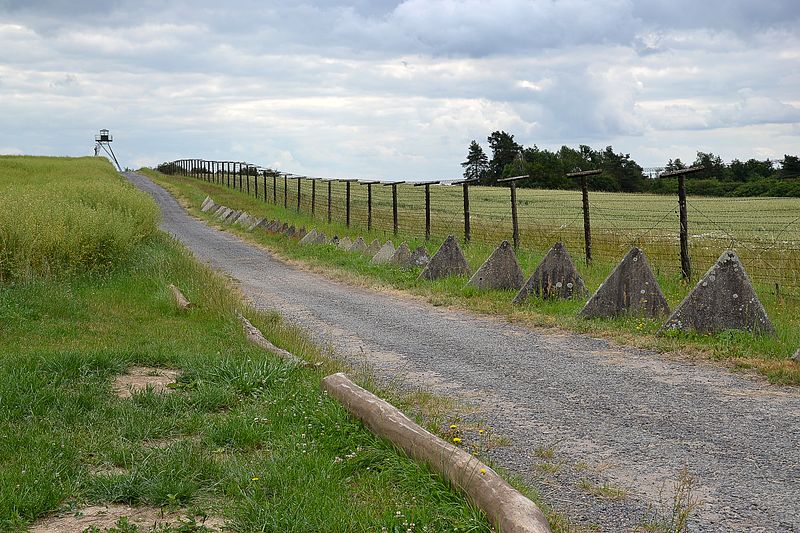
Preserved part of “iron curtain” in the Czech Republic. A watchtower, dragon’s teeth and electric security fence are visible. Photo by Pudelek.
At the end of 1989, the highest directors of international communism decided the moment had finally arrived to initiate communism’s greatest political maneuver. This maneuver would consist in demolishing the Iron Curtain and the Berlin Wall. Its effects would coincide with the implementation of the “liberalizing” programs of glasnost (1985) and perestroika (1986) so as to precipitate the apparent dismantling of the Third Revolution in the Soviet world.
In turn, this dismantling would gain for its chief promoter and executor, Mikhail Gorbachev, the emphatic sympathy and unreserved confidence of Western governments and of numerous private economic powers of the West. From these, the Kremlin could expect a massive inflow of financial resources for its empty coffers.
The ample fulfillment of this expectation enabled Gorbachev and crew to continue floating, tiller in hand, on a sea of misery, indolence, and inaction that the unhappy Russian populace, until recently subjected to complete state capitalism, continues to face with disconcerting passivity. This passivity is propitious to the generalization of moral apathy and chaos and perhaps to the formation of an internal contentious crisis that could degenerate into a civil or world war.1
Such was the setting when the sensational and hazy events of August 1991 broke out, with Gorbachev, Yeltsin, and others as protagonists, in this game that paved the way first for the transformation of the U.S.S.R. into a loose confederation of states and afterwards for its dissolution.
There is talk of the prospective fall of Fidel Castro’s regime in Cuba and the possible invasion of Western Europe of hordes of famished people from the East and the Maghreb. The several attempts made by multitudes of needy Albanians to enter Italy could have been a heralding of this new “barbarian invasion.”
In the Iberian Peninsula, as in other parts of Europe, there are some who associate these hypotheses with the effects of the presence of multitudes of Mohammedans casually admitted in previous years at several points of the continent and with construction projects for a bridge over the strait of Gibraltar, which would facilitate further Moslem invasions of Europe.
There would be a curious similarity of effects between the fall of the Berlin Wall and the building of this bridge: Both would open the European continent to invasions analogous to those Charlemagne victoriously repelled, namely, the barbarian or semi-barbarian hordes from the East and the Mohammedan hordes from regions south of the European continent.

One would think this was a homosexual rally with all their “rainbow” flags, yet this is a Pro-Immigration Rally for the Syrian Refugess in Germany, 2016. “Open Borders for All!” the banner reads. Photo by Raimond Spekking.
One would say that the premedieval scenario is repeated. Yet, something is missing; the ardor of springtime faith among the Catholic populations called to confront both impacts simultaneously. Above all, someone is lacking: Where can one find today a man on par with Charlemagne?
Were we to imagine the development of these hypotheses in the West, the magnitude and drama of their consequences would certainly astound us — even though our overview does not encompass all the consequences being predicted by experts from different intellectual circles and by objective media.
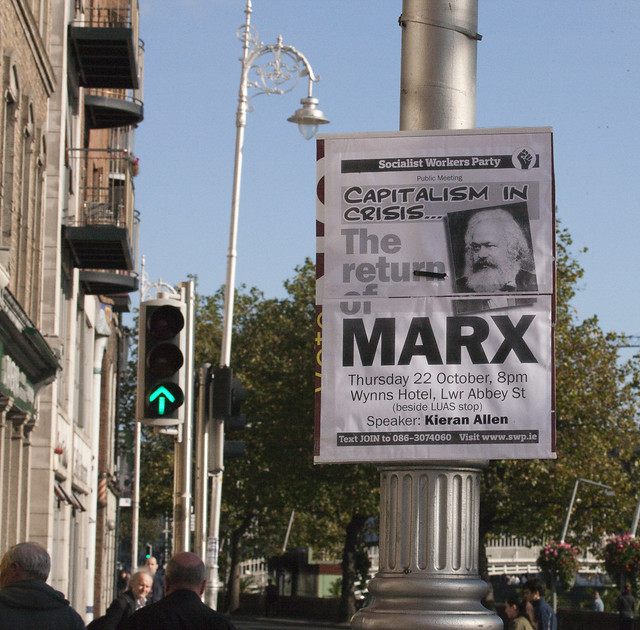 For example, there is a growing opposition between consumer countries and poor countries, that is, between rich industrialized nations and nations that are mere producers of raw materials. This opposition is expected to result in a world-wide clash between two sets of ideologies: one in favor of unlimited enrichment; the other, of “miserabilist” subconsumerism. This eventual clash inevitably brings to mind the class struggle proclaimed by Marx. Therefore we ask: Will this struggle be a projection, on a world scale, of a clash analogous to the one Marx envisioned primarily as a socioeconomic phenomenon within nations, a struggle that will involve every nation according to its own characteristics?
For example, there is a growing opposition between consumer countries and poor countries, that is, between rich industrialized nations and nations that are mere producers of raw materials. This opposition is expected to result in a world-wide clash between two sets of ideologies: one in favor of unlimited enrichment; the other, of “miserabilist” subconsumerism. This eventual clash inevitably brings to mind the class struggle proclaimed by Marx. Therefore we ask: Will this struggle be a projection, on a world scale, of a clash analogous to the one Marx envisioned primarily as a socioeconomic phenomenon within nations, a struggle that will involve every nation according to its own characteristics?
If this happens, will the struggle between the First and Third Worlds become a disguise by which a metamorphosed Marxism, shamed by its catastrophic socioeconomic failure, tries, with renewed chances of success, to attain the final victory, a victory that, so far, has eluded Gorbachev, who though certainly not the doctor is at least the bard and prestidigitator of perestroika?
Yes, of perestroika, which is undoubtedly a refinement of communism, as confessed by its author in his propagandistic essay Perestroika: New Thinking for Our Country and the World.
“The aim of this reform is to ensure…the transition from an excessively centralized management system relaying on orders, to a democratic one, based on a combination of democratic centralism and self-management.”2
And what is this self-management if not “the supreme objective of the Soviet state,” as established in the Preamble to the Constitution of the former U.S.S.R.?
1. In February of 1990, the author released a manifesto titled “Communism and Anti-communism on the Threshold of the Last Millennium’s Last Decade.” An earnest questioning of communist leaders in both East and West regarding perestroika, it was published in 21 newspapers of 8 countries and had wide repercussions, especially in Italy. – Ed.
2. Mikhail Gorbachev, Perestroika: New Thinking for Our Country and the World (New York: Harper & Row, 1987), p. 34.
Plinio Corrêa de Oliveira, Revolution and Counter-Revolution (York, Penn.: The American Society for the Defense of Tradition, Family, and Property, 1993), Part III, Chapter II, pg. 133-136
